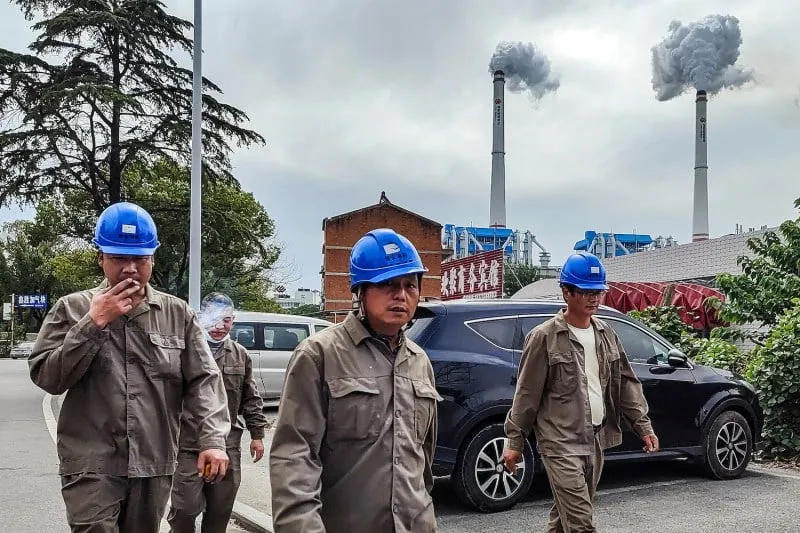China, the world’s largest emitter of greenhouse gases, has faced criticism for its commitment to limiting climate change due to its surge in approvals for new coal-fired power plants. However, a recent analysis by Greenpeace East Asia has revealed a significant slowdown in approvals in the first half of this year. According to the review of project documents, only 14 new coal plants were approved from January to June, with a total capacity of 10.3 gigawatts, which represents an 80% drop from the 50.4 gigawatts approved in the same period last year. This slowdown may be a sign that the government is finally taking steps to limit its carbon footprint.
In the past, Chinese authorities had approved large amounts of new coal capacity, with 90.7 gigawatts in 2022 and 106.4 gigawatts in 2023. This sharp decrease in approvals suggests that the government may be starting to prioritize the reduction of its carbon emissions. The slowdown in approvals coincides with the government’s issuance of a series of documents aimed at reducing carbon emissions and accelerating the shift to renewable energy. The National Energy Administration has also revealed a three-year plan to retrofit existing coal power units and equip newly built ones with low-carbon technologies, aiming to address bottlenecks and challenges in the construction of a new power system.

China’s Coal Plans Slowed Down Amid Climate Concerns Gradually (Image via Getty)
China’s commitment to renewable energy is evident, with wind and solar power installations playing a significant part in the country’s energy mix. However, experts are concerned that once new coal capacity is built, it will be challenging for China to reduce its reliance on fossil fuels. Gao Yuhe, project lead for Greenpeace East Asia, notes that this may be a turning point, but only time will tell if Chinese provinces are slowing down coal approvals because they have already approved many coal projects, or if this is the last gasp of coal power in an energy transition that has made coal increasingly impractical.
The development also marks a shift towards nuclear power, with the State Council giving the green light to five new nuclear power projects, aiming to meet its carbon reduction targets and reach carbon neutrality by 2060. With these developments, China appears to be taking concrete steps towards reducing its reliance on fossil fuels and transitioning towards a more sustainable energy mix.



































